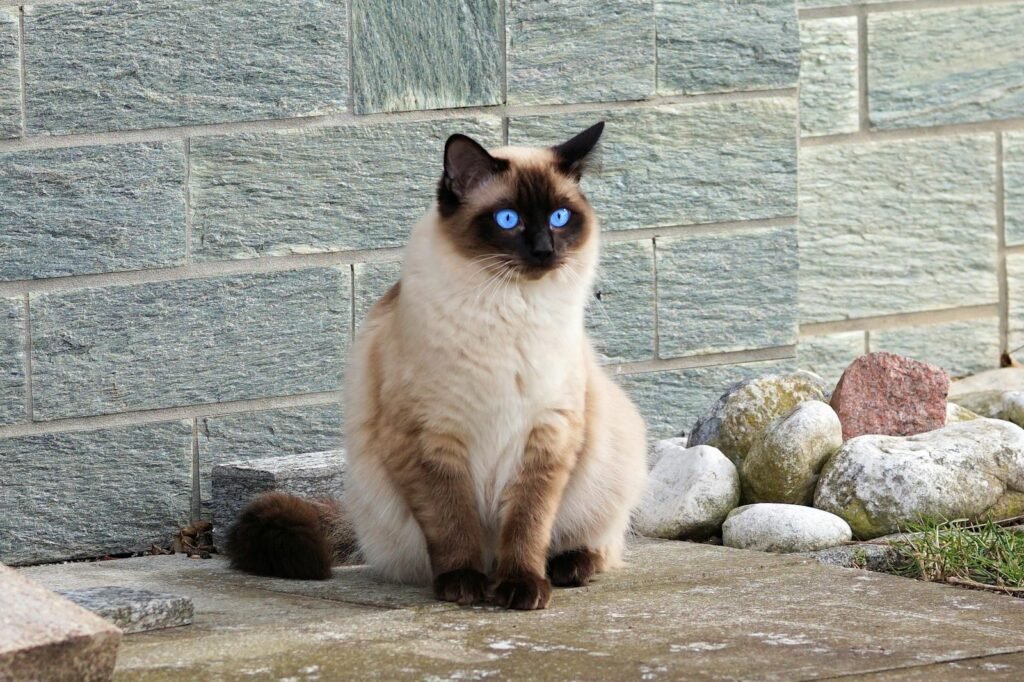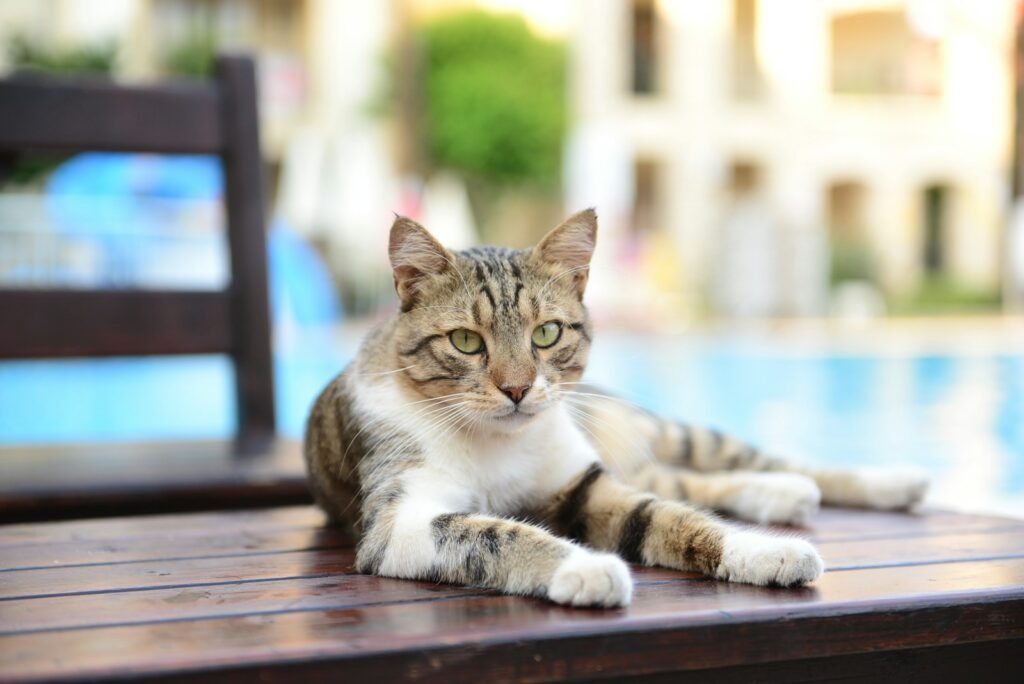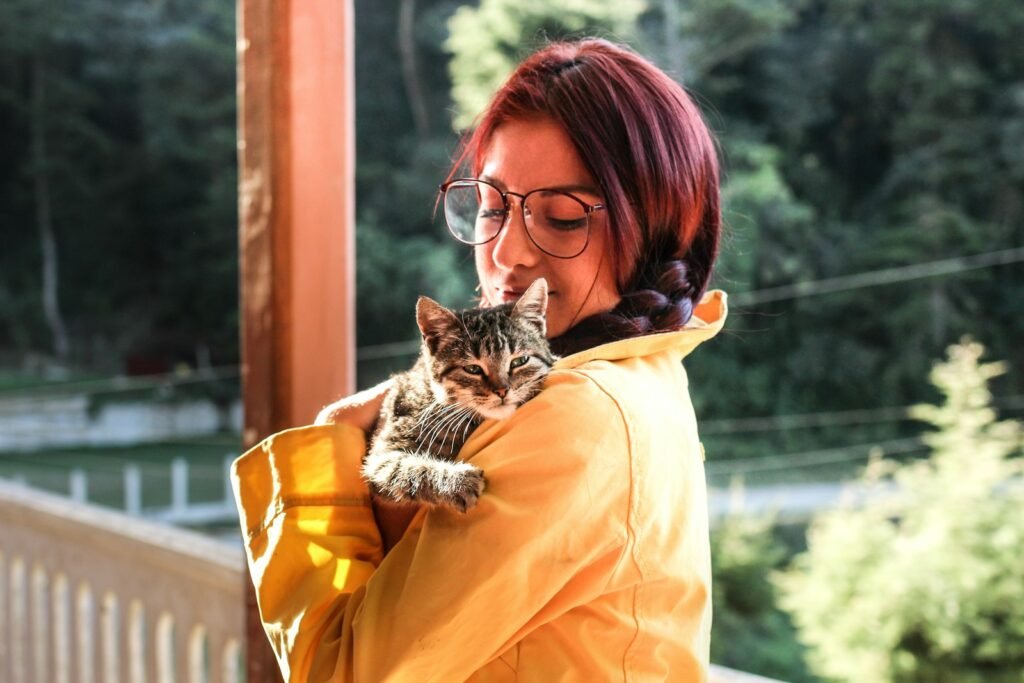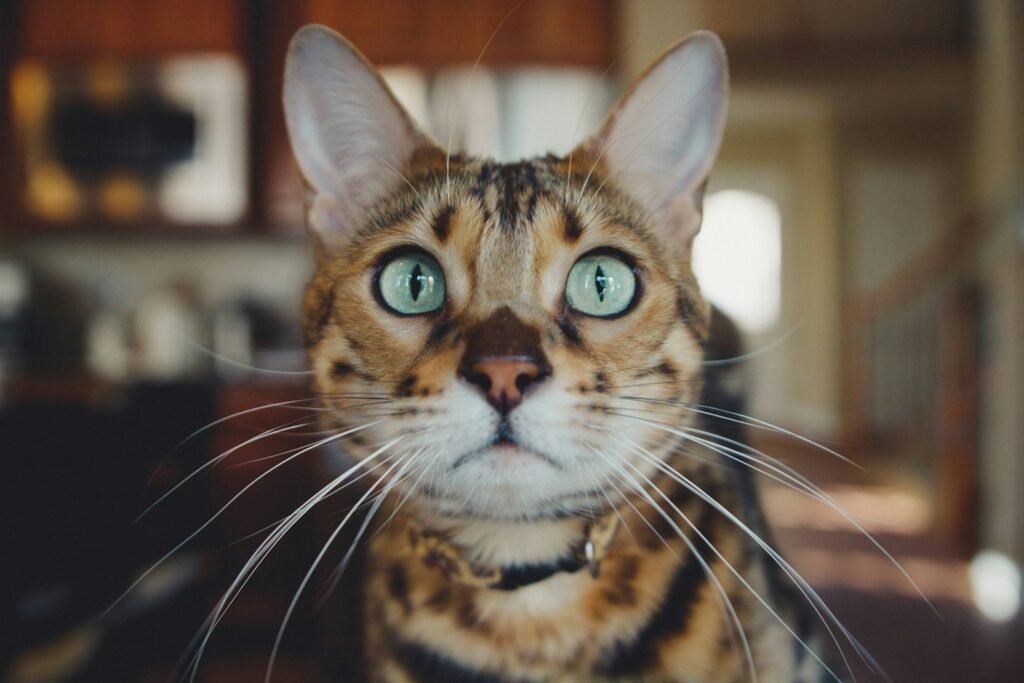Cats are fascinating creatures known for their independence and unique personalities. While some cats are content with a simple life of lounging and occasional play, others require more mental engagement to stay happy and healthy. But why do certain cat breeds demand more mental stimulation than their counterparts? In this article, we’ll explore the intricacies of feline behavior and uncover what makes some cats more intellectually active than others.
The Evolutionary Background of Cats

To understand why some breeds need more mental stimulation, it’s essential to look at their evolutionary history. Cats, like their wild ancestors, are natural hunters. Even domesticated cats carry traits from their big cat relatives. Breeds that closely align with their wild cousins often have higher cognitive and sensory needs because their survival once depended on their ability to think, strategize, and hunt for food.
Certain Breeds are Born Explorers

Some cat breeds, such as the Bengal and Abyssinian, are known for their adventurous nature. These breeds have an intrinsic curiosity that drives them to explore their surroundings constantly. This characteristic requires a more stimulating environment to satisfy their need for exploration and discovery, making toys and interactive play essential.
Social Dynamics and Cat Intelligence

Social breeds like the Siamese and Burmese cats have evolved in environments where interaction with other animals or humans played a significant role. These cats often display higher intelligence and require more engagement from their environment and companions due to their social nature. Activities that challenge their problem-solving skills are particularly beneficial.
The Link Between Energy Levels and Mental Stimulation

High-energy breeds are often the ones that crave more mental stimulation. Cats like the Oriental Shorthair and the Turkish Angora are known for their exuberant energy levels, which naturally demand frequent mental and physical engagement. Without proper stimulation, these cats can become bored, leading to destructive behaviors.
The Importance of Enriched Environments

Environments that offer plenty of stimuli are crucial for the mental well-being of active cat breeds. Creating a space with various textures, heights, and interactive elements can significantly impact a cat’s mental state. This can include wall shelves to climb, puzzle feeders, and rotating toys to keep them engaged and mentally challenged.
Genetic Factors and Breed-Specific Traits

Genetics also play a significant role in determining a cat’s need for mental stimulation. Breeds have been selectively bred for specific traits, such as intelligence, playfulness, or curiosity. These genetic factors contribute to the diverse cognitive and mental needs seen in different cat breeds.
Health Benefits of Mental Stimulation

Mental stimulation is not just about keeping a cat entertained; it also offers numerous health benefits. Engaging a cat’s mind can help mitigate stress, reduce anxiety, and improve overall happiness. Interactive play can also help manage weight by increasing physical activity, thereby preventing obesity-related diseases.
Reducing Behavioral Issues Through Engagement

Providing adequate mental stimulation can help diminish common behavioral problems, such as scratching furniture or vocalization in certain breeds. Constructive outlets for their energy can prevent these negative behaviors, promoting a healthier relationship between cats and their owners.
How Owners Can Provide Mental Stimulation

Cat owners can ensure their pets receive sufficient mental stimulation by incorporating interactive toys, regular playtime, and training sessions. Teaching a cat new tricks or engaging them in activities like agility courses can provide much-needed cognitive challenges.
The Role of Nutrition in Cognitive Function

Proper nutrition supports not only physical health but also cognitive function. A diet rich in essential nutrients like omega-3 fatty acids can help support brain health, enhancing mental capacities and response to stimulation.
Conclusion: Celebrating Feline Intelligence

In understanding why some cat breeds require more mental stimulation than others, it’s evident that various factors influence a cat’s cognitive needs. From evolutionary history to breed-specific traits and social dynamics, each aspect contributes to how a cat interacts with its world. Owners who recognize these needs can create environments that fulfill their pets’ cognitive desires, leading to happier and healthier lives. In celebrating feline intelligence, we not only forge deeper bonds with our pets but also enrich their lives, ensuring they thrive in our homes.

Suhail Ahmed is a passionate digital professional and nature enthusiast with over 8 years of experience in content strategy, SEO, web development, and digital operations. Alongside his freelance journey, Suhail actively contributes to nature and wildlife platforms like Feline Fam, where he channels his curiosity for the Feline into engaging, educational storytelling.
With a strong background in managing digital ecosystems — from ecommerce stores and WordPress websites to social media and automation — Suhail merges technical precision with creative insight. His content reflects a rare balance: SEO-friendly yet deeply human, data-informed yet emotionally resonant.
Driven by a love for discovery and storytelling, Suhail believes in using digital platforms to amplify causes that matter — especially those protecting Earth’s biodiversity and inspiring sustainable living. Whether he’s managing online projects or crafting wildlife content, his goal remains the same: to inform, inspire, and leave a positive digital footprint.






